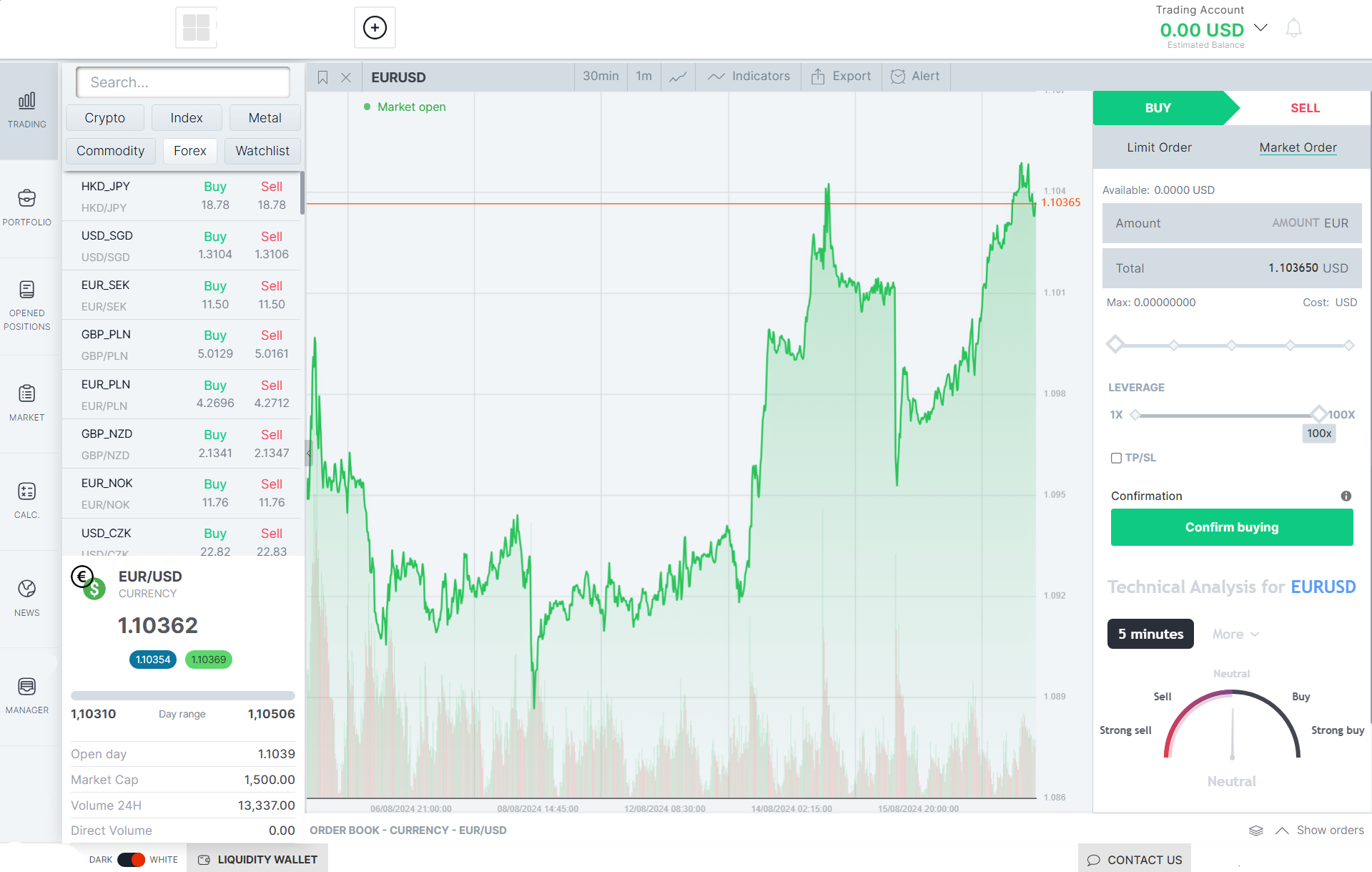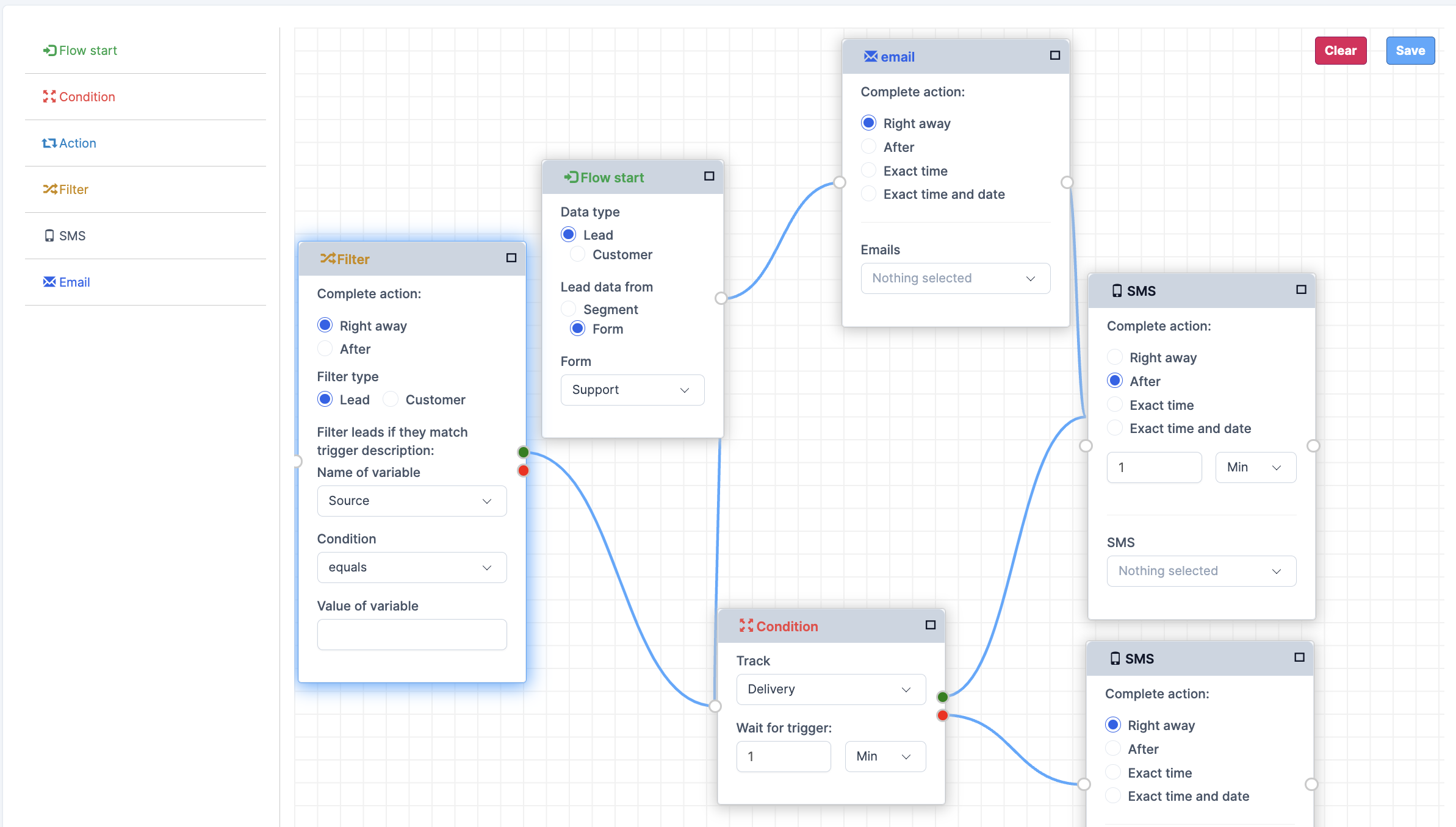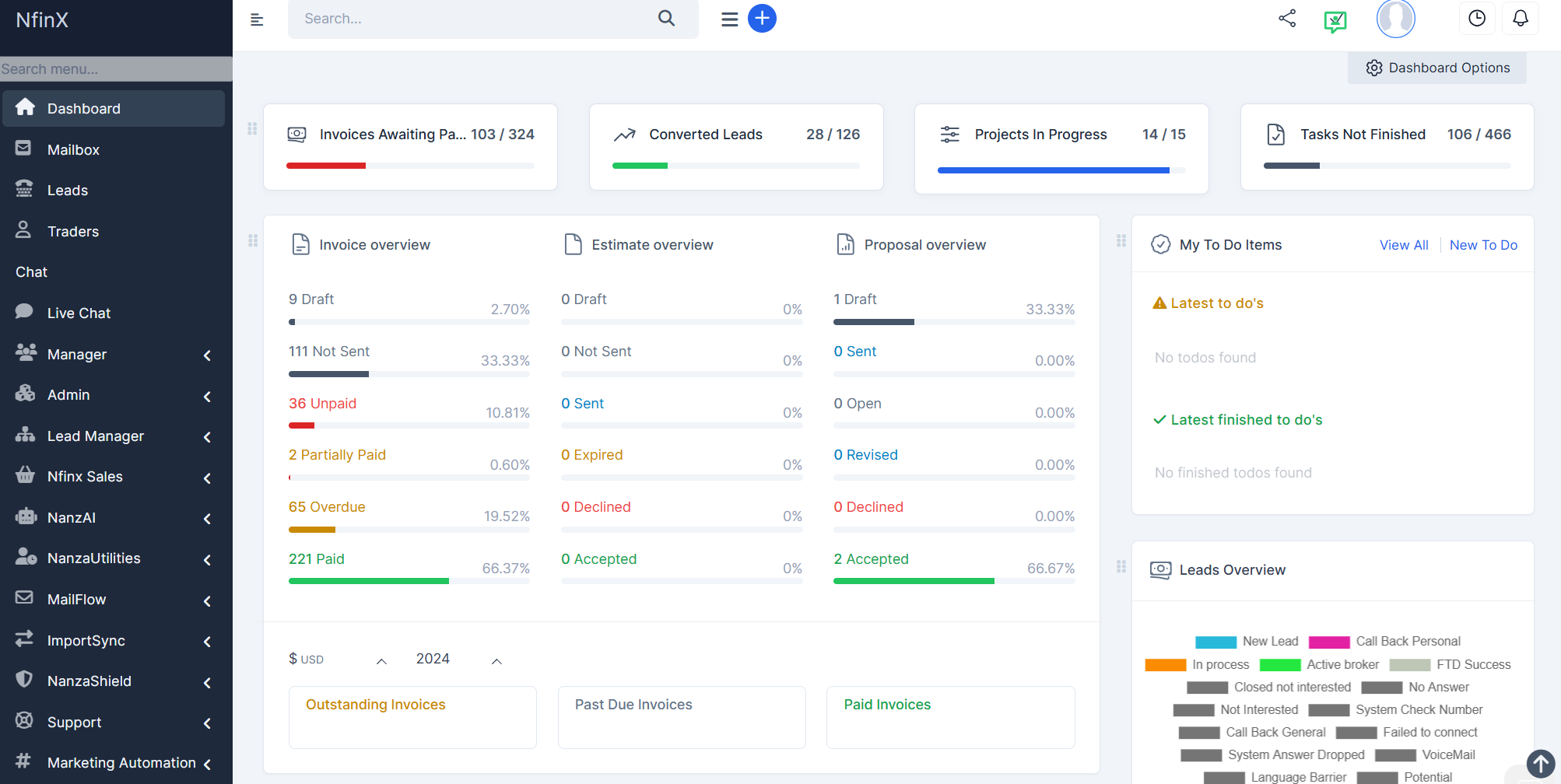Introduction to Forex & CFD Trading

What is Forex Trading?
Forex trading, or foreign exchange trading, involves buying and selling currencies on the foreign exchange market with the aim of making a profit. The Forex market is the largest and most liquid financial market in the world, with a daily trading volume exceeding $6 trillion.
Currencies are traded in pairs, such as EUR/USD (Euro/US Dollar), and the price of each currency pair fluctuates based on supply and demand factors, including economic indicators, geopolitical events, and market sentiment. Traders aim to profit from these fluctuations by buying low and selling high, or vice versa.

What is CFD Trading?
CFD stands for Contract for Difference. CFD trading allows traders to speculate on the price movements of various financial instruments, such as stocks, commodities, indices, and cryptocurrencies, without owning the underlying asset.
When trading CFDs, you enter into a contract with a broker to exchange the difference in the price of an asset from the time the contract is opened to the time it is closed. This means you can profit from both rising and falling markets, making CFDs a versatile trading option.
Benefits of Forex and CFD Trading
High Liquidity
Leverage
Flexibility
Diverse Opportunities
Offer Superior Trading Experiences to Your Clients
Leverage our advanced trading technology to provide your clients with a robust platform for Forex and CFD trading. Our system offers high liquidity, flexible trading hours, and a wide range of instruments, ensuring your clients have the best tools for successful trading.
Key Terminology
- Pips: The smallest price movement in a currency pair. For most currency pairs, a pip is equal to 0.0001.
- Lots: Standardized quantities of currency or assets in trading. In Forex, a standard lot is 100,000 units of the base currency.
- Leverage: The use of borrowed funds to increase the potential return on investment. Leverage is expressed as a ratio, such as 1:100.
- Margin: The amount of capital required to open and maintain a leveraged position. Margin is usually expressed as a percentage of the full position size.
- Spread: The difference between the bid (buy) price and the ask (sell) price of a currency pair or CFD.


Empower your brokerage with our cutting-edge technology designed to enhance your clients’ trading experience. Our platform provides a suite of comprehensive market analysis tools, ensuring your clients have everything they need to make informed trading decisions. With real-time access to economic indicators, advanced charting options, and sentiment analysis, your clients will benefit from a holistic view of the market, allowing them to trade more effectively.

